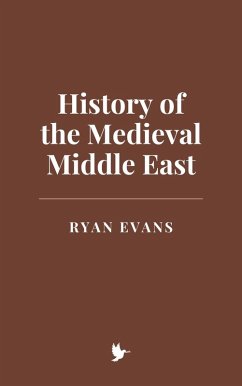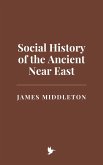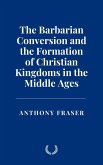The transformation of the Mediterranean world between the fourth and sixth centuries marks a pivotal era in the history of the Middle East, where the decline of the Western Roman Empire and the rise of the Byzantine Empire set the stage for centuries of political, cultural, and religious shifts. The complex process of the "fall of Rome" was not a singular cataclysmic event but a gradual unraveling influenced by internal strife, economic instability, and external pressures from various migrating tribes. As Rome's western provinces fractured and fell into disarray, Constantinople emerged as the beacon of continuity and renewal, profoundly affecting the course of Middle Eastern history. This work invites a reassessment of the simplistic dichotomy between "fall" and "continuity," urging readers to consider the multifaceted nature of historical change. The medieval Middle East was not merely shaped by the decline of an empire but by the resilience, adaptation, and reinvention of its peoples and institutions.
Dieser Download kann aus rechtlichen Gründen nur mit Rechnungsadresse in A, B, CY, CZ, D, DK, EW, E, FIN, F, GR, H, IRL, I, LT, L, LR, M, NL, PL, P, R, S, SLO, SK ausgeliefert werden.









